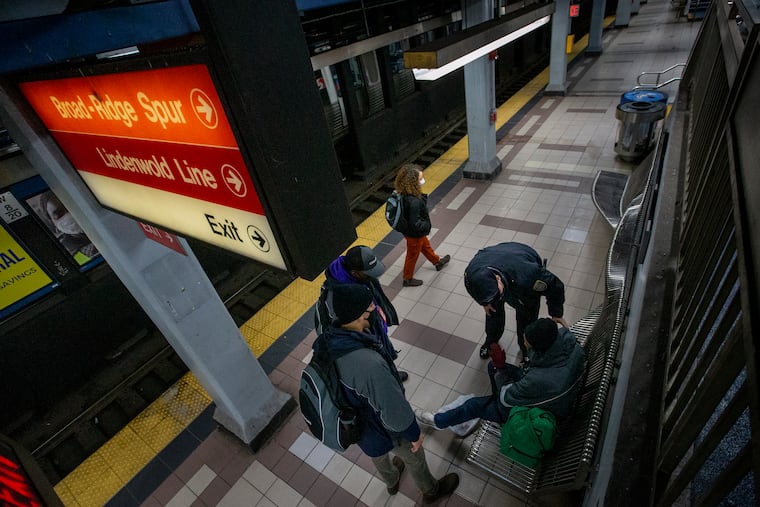Reports of aggravated assault and robbery on SEPTA soared during the pandemic as ridership fell
SEPTA is stepping up its social service-based approach. The SEPTA police chief and other officials have said aggressive police tactics wouldn’t work.

SEPTA is stepping up its social service-based approach. The SEPTA police chief and other officials have said aggressive police tactics wouldn’t work.
